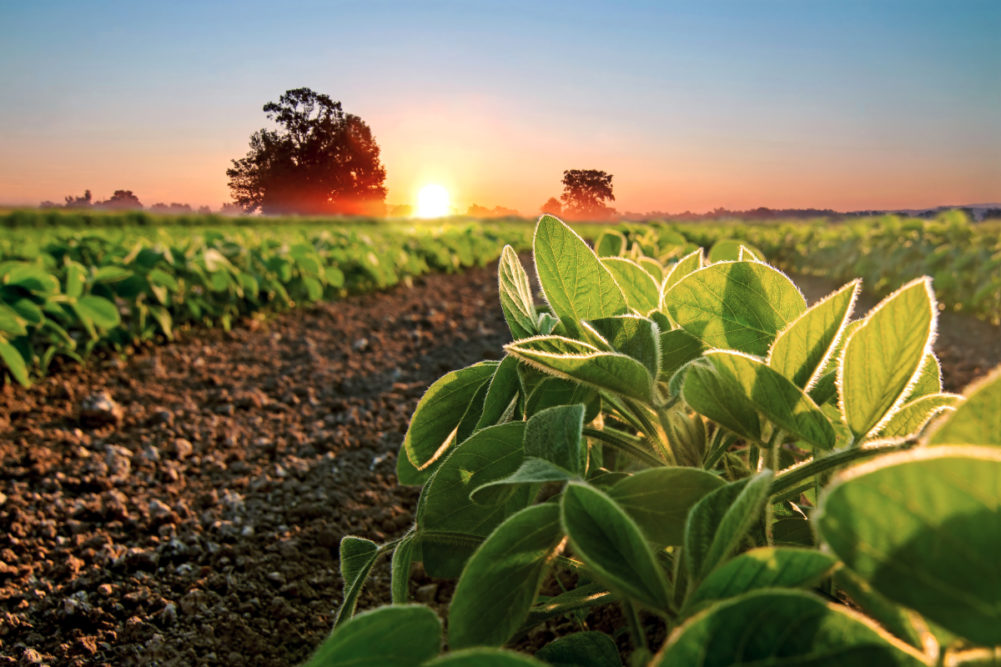URBANA-CHAMPAIGN, ILLINOIS, US — The coronavirus (COVID-19) has reduced the grain farm income outlook for 2020, according to agricultural economists at the University of Illinois and The Ohio State University. Their views appeared in a study titled “What we know about income outlook for crop farms given COVID-19” issued by [email protected] on March 25.
“Expected revenue from remaining old crop sales and projected revenue for 2020 are reduced,” the economists said. “Somewhat mitigating these reductions are potentially higher payments from commodity titles. There also is a chance that some input prices will fall, particularly fuel and nitrogen fertilizer prices. Still, income outlook for grain farmers has darkened since the introduction of COVID-19 control measures.”
The economists pointed out that even before COVID-19, concerns existed about 2020 farm cash flows and income, especially given Illinois grain farm income was down considerably in 2019 compared with 2018. While down from the previous year, average net incomes in 2019 were near five-year averages, but only because of Market Facilitation Program payments, crop insurance coverage, and additional assistance on prevent plant acres through Wildfire and Hurricane Indemnity Program payments, the study said. Otherwise, incomes would have been at very low levels, the economists added.
COVID-19 may result in lower corn and soybean prices, and if they do, a combination of above-trend yields for the 2020 crop and additional government aid will be crucial for 2020 incomes to be high enough for most farms to avoid further financial deterioration, the economists said.
They pointed out a sizable proportion of old crop (2019) corn and soybeans still likely needs to be priced before the fall harvest. This will be done at lower price levels. From Jan. 2-Feb. 28, cash corn prices in central Illinois averaged $3.78 a bushel, but the average price last week was $3.30 a bushel. Soybean prices in central Illinois from Jan. 2-Feb. 28 averaged $8.89 a bushel compared with $8.31 a bushel as the average last week.
“The paths of cash corn and soybean prices in the future are uncertain,” the economists said. “Obviously, marketing old crop in this environment presents challenges, for which we have no easy answers. It is safe to say that expected cash flow from old crop has been reduced.”
Lower crop prices for the remainder of the current marketing year and perhaps the next may trigger larger payments under the Price Loss Coverage and Agricultural Risk Coverage programs.
Other mitigating circumstance may be lower nitrogen fertilizer prices because of energy use decreases and lower drying costs because of lower fuel costs.
“Income prospects have been diminished for Illinois grain farms because of the COVID-19 crisis,” the economists concluded. “Expectations are for lower prices to remain after COVID-19, which will lower crop revenues for 2020. Increased commodity title payments could partially offset crop revenue declines, and some non-land costs could decrease. However, the expected price declines have larger impacts than any increase in commodity title payments or decreases in expenses. Given current expected prices, a combination of above-trend yields or government aid is needed to get incomes at levels where financial deterioration does not occur.”
Follow our breaking news coverage of the coronavirus/COVID-19 situation.






